How to do Disney World with an invisible disability
Accessible travel at Florida's famous theme park is about more than wheelchair access
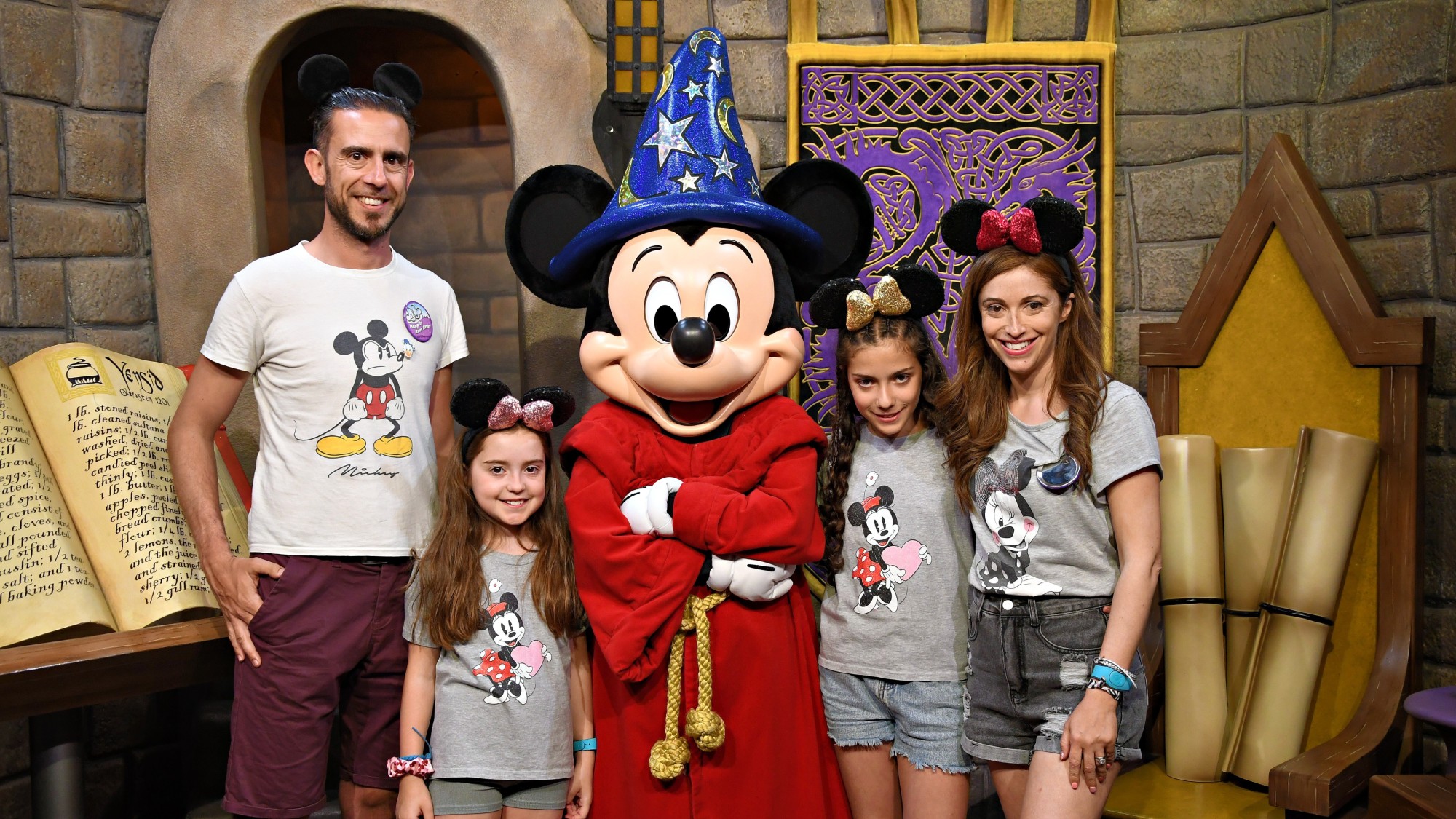
At 25,000 acres – equivalent to 13,000 football pitches – Walt Disney World may be the most magical place on earth but it can also be an exhausting destination to enjoy and explore – especially if you are disabled.
The Disney parks, as with other Orlando attractions, have gone to great effort to make their sites more disability-friendly, with adaptations such as ramps and wheelchair entrances – helping the Florida city rank among the world's most accessible by Valuable 500.
But what about invisible disabilities?
The Week
Escape your echo chamber. Get the facts behind the news, plus analysis from multiple perspectives.

Sign up for The Week's Free Newsletters
From our morning news briefing to a weekly Good News Newsletter, get the best of The Week delivered directly to your inbox.
From our morning news briefing to a weekly Good News Newsletter, get the best of The Week delivered directly to your inbox.
My wife Danielle – who has multiple sclerosis (MS) – and I, along with our two daughters, put the sunshine state to the test to see just how easy it is to "do Disney World" with a disability.
Accessible travel to Disney
Accessible travel is about much more than wheelchair access.
MS sufferers such as my wife may not need mobility aids but struggle to stand and walk for long periods due to limited energy levels – while extreme temperatures can worsen symptoms.
She describes it as having units of energy that can quickly dissipate if not managed properly and can't just be recouped with a quick rest or coffee.
A free daily email with the biggest news stories of the day – and the best features from TheWeek.com
That can be a struggle in Disney World where you want to make the most of the parks without exhausting yourself.
There are risks of being hit by extreme levels of fatigue or a relapse if you overdo it, which can mean days or weeks in bed, scuppering a holiday.
The fear of a relapse can also cause high levels of anxiety, which can drain energy levels.
Accessible travel begins at the airport. We booked special assistance with British Airways, so could select a seat towards the front of our plane section, and get through security more quickly to board first.
We were helped off the plane at Orlando International Airport, and the facial recognition scanners at passport control were much faster than the UK's often faulty e-gates, meaning we arrived without too much stress.
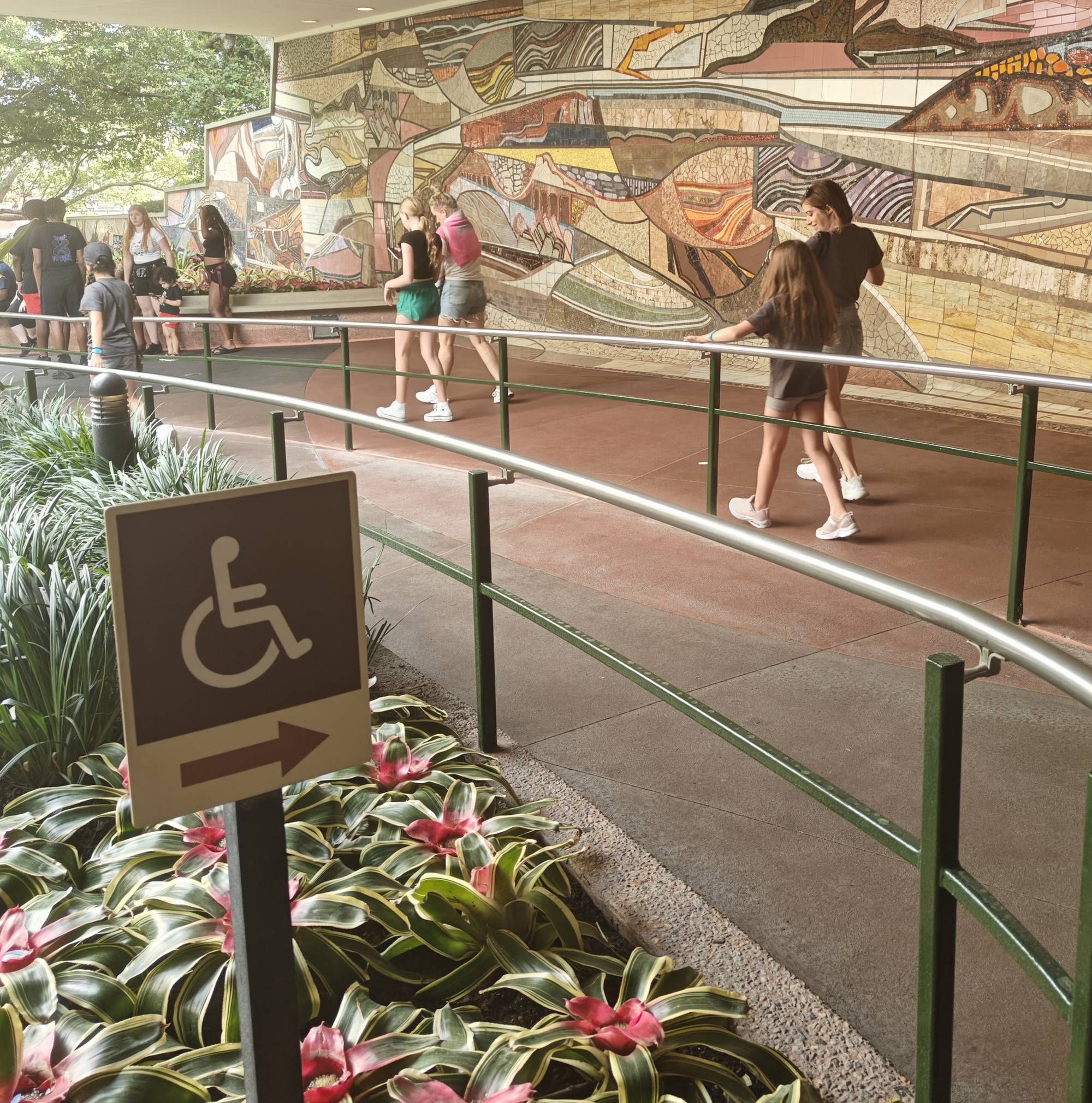
Guests will find plenty of ramps to make walking easier but there are other elements to accessibility
The importance of planning
Planning can help alleviate anxiety and prepare people with MS and other disabilities for what is ahead.
Danielle created a spreadsheet for each park to highlight the rides we wanted, which days, what time to visit and when rest days may be needed, creating a mental idea of the daily energy level required and the chances to recover.
Doing Disney with a disability
Disney World offers a Disability Access Scheme (DAS), providing return times for certain rides, shows and character meetings through the Disney World app so you don't have to wait in the "standby line". Visitors can also make two advance selections per day when registering.
Once the return time is confirmed, you can make your way when ready and enter through the express Lightning Lane. After you tap in, you can reserve your next DAS ride in the Disney World app.
There is no automatic eligibility but the latest Disney guidance says DAS is for guests who "due to a developmental disability like autism or similar, are unable to wait in a conventional queue for an extended period of time".
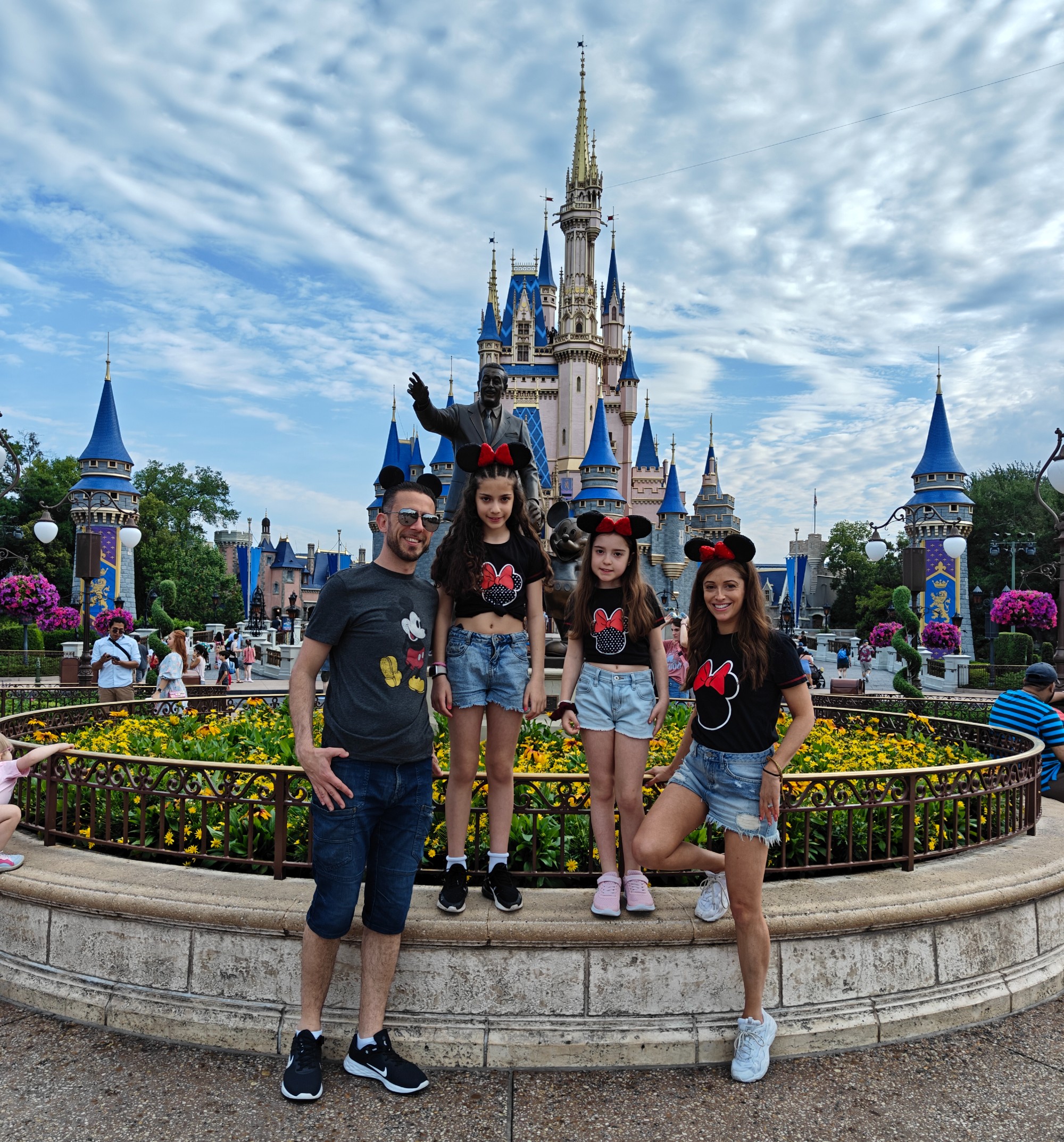
Lots of planning and making use of disability support can ensure a day of smiles at Magic Kingdom and other Disney parks
This means you may not be approved just because you use a wheelchair as you could be told to sit in line or use the accessible entrances. You need to explain to guest services, or through a video chat from 20 May, how your disability prevents you from waiting – not standing – in a queue.
DAS can also be combined with ride-skipping perks available to everyone such as Genie+ – which lets you pay to use a variety of Lightning Lanes for the day – or you can buy two individual Lightning Lane passes per day.
We thought we may need to rent a wheelchair or mobility scooter – available through Disney or cheaper off-site – but we found that using DAS and Lightning Lanes throughout the day, while following our detailed spreadsheet, meant we could access our desired experiences at a comfortable pace while managing Danielle's energy levels.
Getting around
We stayed at Disney's Pop Century Resort, a smooth 30-minute Uber ride from the airport and a convenient 20 minutes from the parks. It sits helpfully on the fully accessible Skyliner, a free character-themed cable car over Florida's Lake Buena Vista area.
It links Disney accommodation to Epcot and Hollywood Studios, and our daughters were excited on each ride to see which character their cable car would feature.
While the queues appeared long, they moved fast and the Skyliner was a stress-free and energy-saving way to travel.
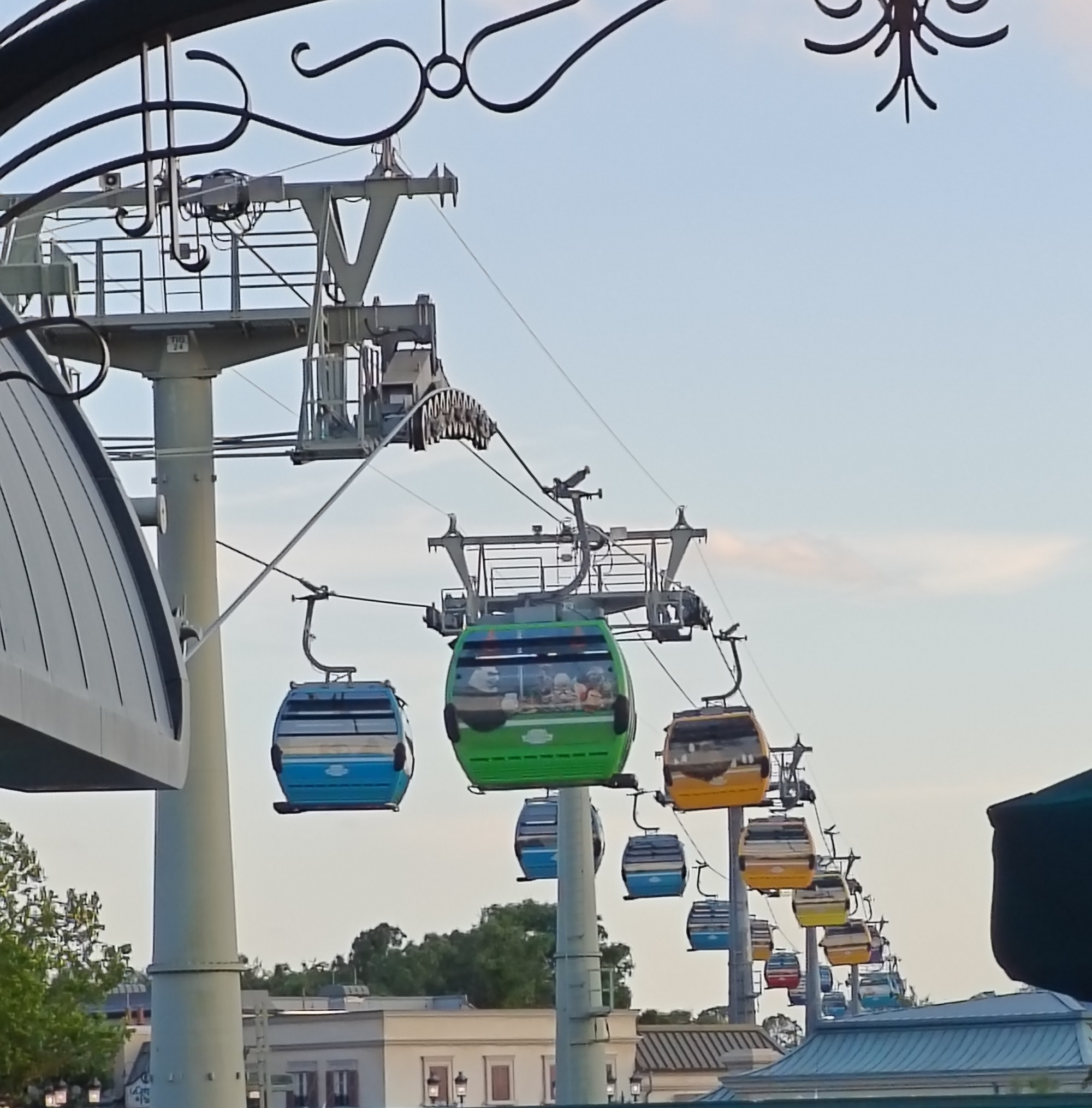
Disney's Skyliner is a stress-free way to travel from its resorts to Epcot and Hollywood Studios
Disney hotels provide free shuttle buses to and from resort hotels and park entrances at Magic Kingdom and Animal Kingdom. These were pretty regular but can fill up quickly in busy periods.
Other options including taxis or renting a car through brands such as Enterprise or Alamo.
Disabled bays are available, and you can use a UK blue badge to leave your car right by the entrance at most of the parks – you still have to get a monorail when parking at Magic Kingdom – and have a slightly better chance of finding your car at the end of the day.
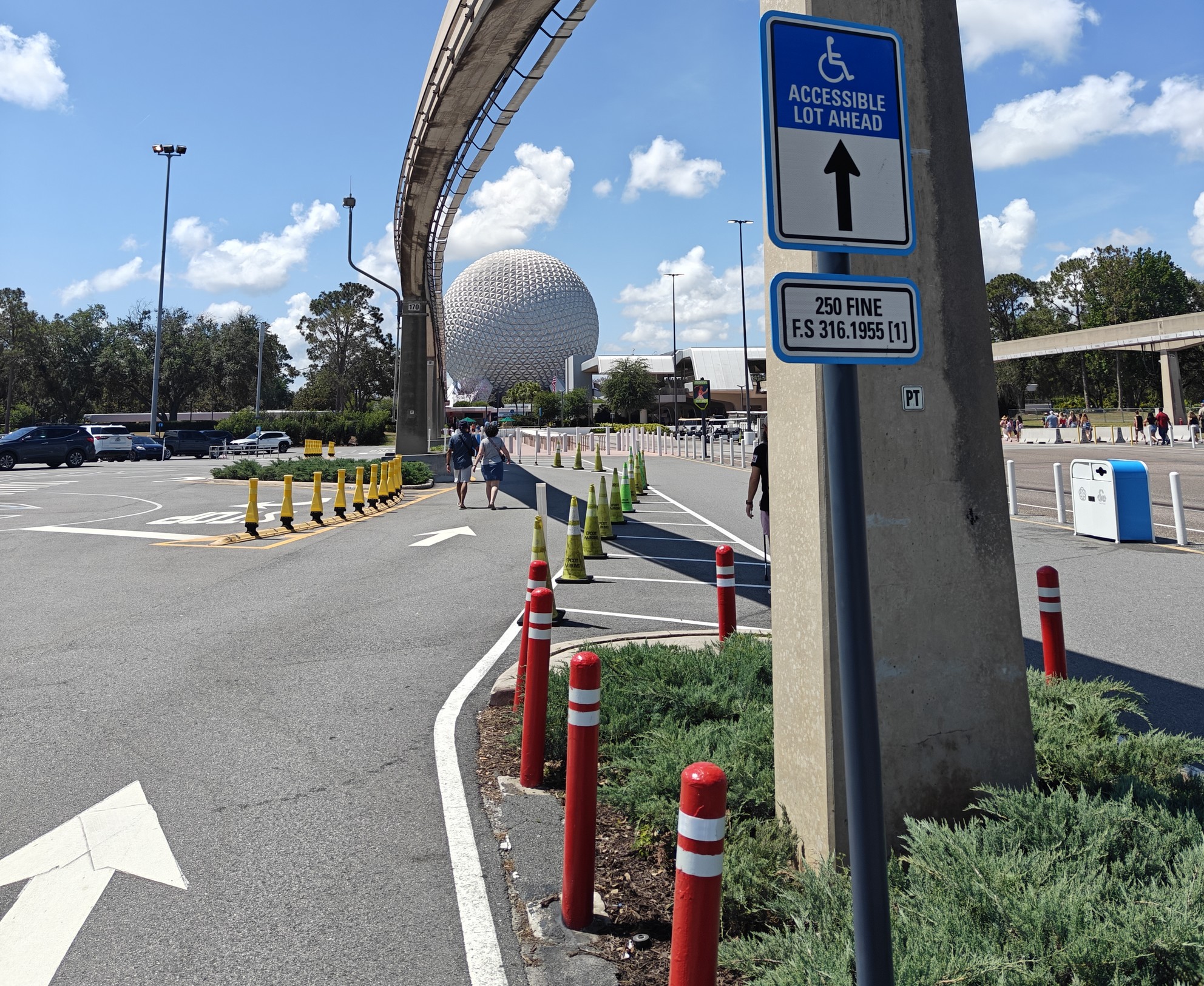
Disabled parking will get you closer to the front of entrances such as Epcot
Beyond Disney
Many of the state's other attractions such as Universal Studios and SeaWorld also provide disabled passes, accessible parking and extra guidance for those with sensory needs such as autism, as well as quiet areas and plenty of accessible toilets.
A less intensive but interesting option is the Kennedy Space Center, where many of its attractions on the Apollo moon missions and Atlantis space shuttles are indoors and air-conditioned, providing relief from the Florida heat.
We even met an astronaut, giving our daughters a chance to ask important questions such as how you go to the toilet in space and whether you get jet lag, which it turns out is a big research area for Nasa.
Back on earth, we found the accessibility support throughout our trip boosted our experience right up to landing at London Gatwick where we were met by one of the 70 special assistance buggies. These take disabled passengers from the plane and through passport control, before helping with baggage collection and travelling to the car.
All we need now is to call Nasa about the jetlag.
Marc Shoffman is an NCTJ-qualified award-winning freelance journalist, specialising in business, property and personal finance. He has a BA in multimedia journalism from Bournemouth University and a master’s in financial journalism from City University, London. His career began at FT Business trade publication Financial Adviser, during the 2008 banking crash. In 2013, he moved to MailOnline’s personal finance section This is Money, where he covered topics ranging from mortgages and pensions to investments and even a bit of Bitcoin. Since going freelance in 2016, his work has appeared in MoneyWeek, The Times, The Mail on Sunday and on the i news site.
-
 Is MAGA melting down?
Is MAGA melting down?Today's Big Question Candace Owens, Tucker Carlson, Laura Loomer and more are feuding
-
 Kushner drops Trump hotel project in Serbia
Kushner drops Trump hotel project in SerbiaSpeed Read Affinity Partners pulled out of a deal to finance a Trump-branded development in Belgrade
-
 Son arrested over killing of Rob and Michele Reiner
Son arrested over killing of Rob and Michele ReinerSpeed Read Nick, the 32-year-old son of Hollywood director Rob Reiner, has been booked for the murder of his parents
-
 Disney bets big on AI, but not everyone sees a winner
Disney bets big on AI, but not everyone sees a winnerTalking Points The company will allow users to create their own AI content on Disney+
-
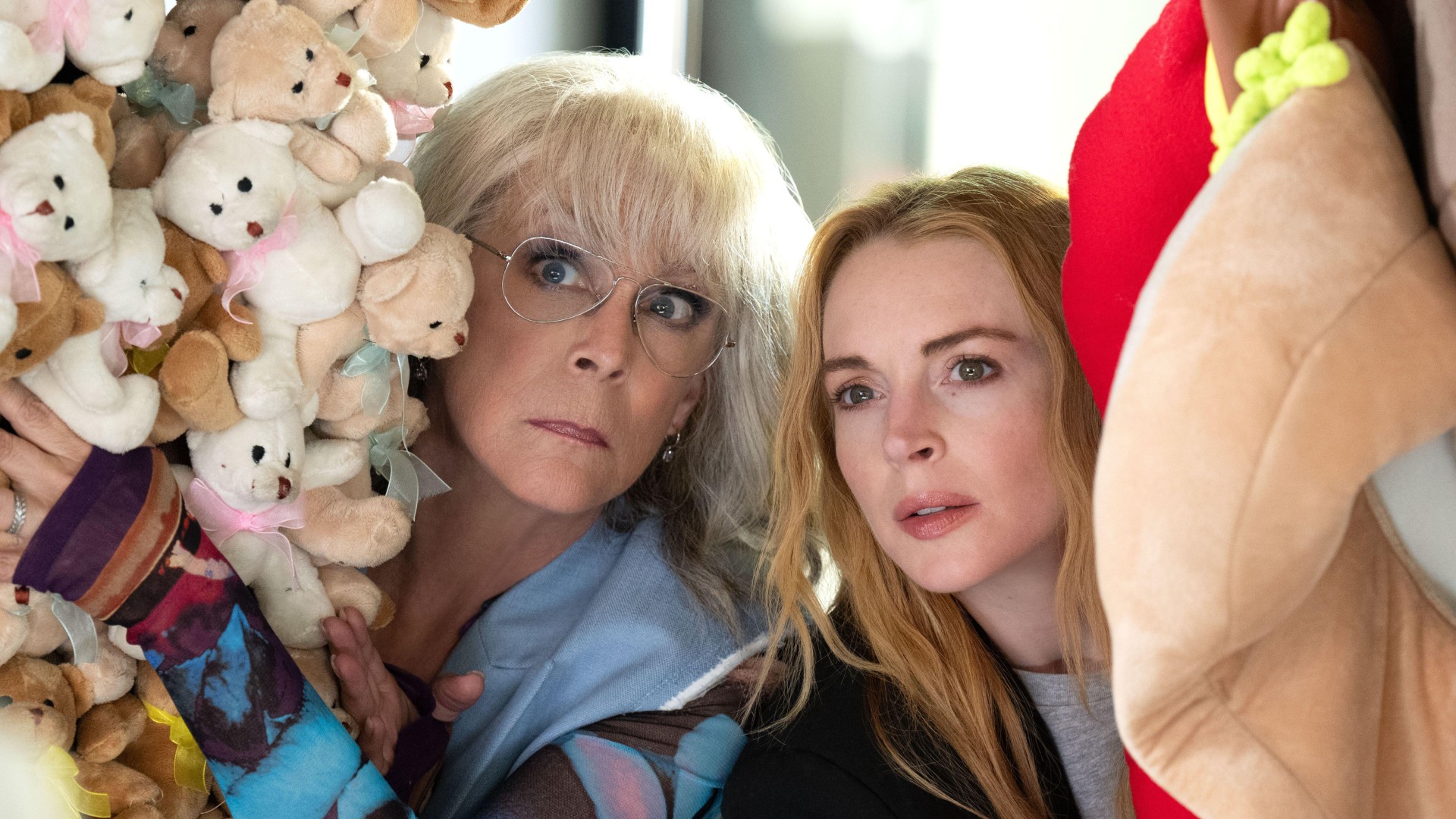 Freakier Friday: Lohan and Curtis reunite for 'uneven' but 'endearing' sequel
Freakier Friday: Lohan and Curtis reunite for 'uneven' but 'endearing' sequelThe Week Recommends Mother-and-daughter comedy returns with four characters switching bodies
-
 Lilo & Stitch: is Disney's latest live-action remake its worst yet?
Lilo & Stitch: is Disney's latest live-action remake its worst yet?Talking Point The studio's retelling of the 2002 original flattens its fuzzy blue protagonist – but could still be a box office smash
-
 Snow White: Disney's 'earnest effort to meet an impossible brief'
Snow White: Disney's 'earnest effort to meet an impossible brief'Talking Point Live-action remake of Disney classic is not the disaster it could have been – but where's the personality?
-
 2025 Oscars: voters, record-breakers and precedent-setters
2025 Oscars: voters, record-breakers and precedent-settersThe explainer A walk through Academy Awards history, both past and present
-
 Rivals: the Jilly Cooper 'bonkbuster' TV hit that everyone's talking about
Rivals: the Jilly Cooper 'bonkbuster' TV hit that everyone's talking aboutIn the Spotlight 1980s novel hits the small screen, bringing wet dogs, big hair and lots of 'rumpy pumpy'
-
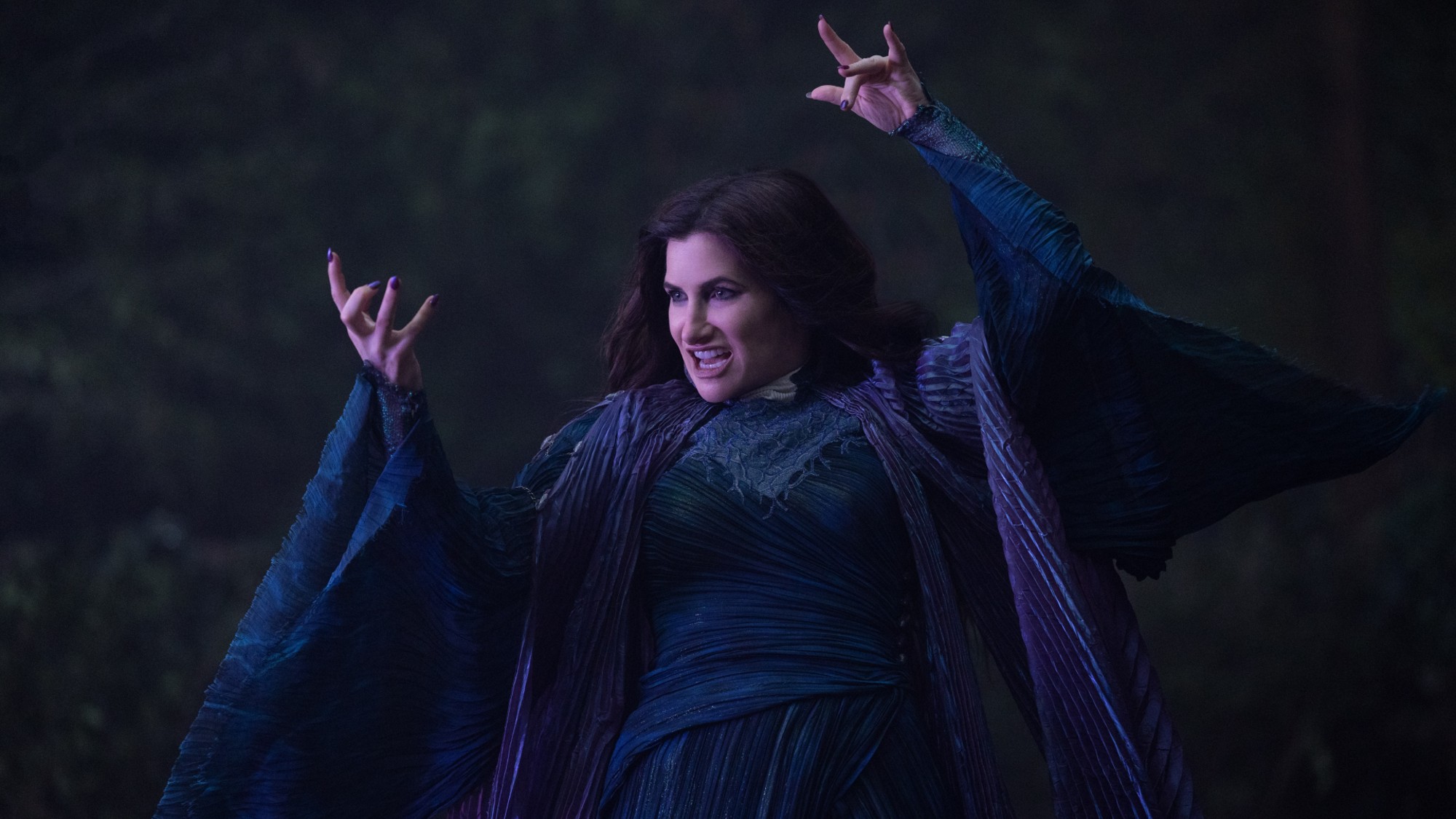 Agatha All Along reviews: 'knowing and exceptionally well-executed'
Agatha All Along reviews: 'knowing and exceptionally well-executed'The Week Recommends Marvel's delectable witchy spin-off series is a perfect treat for Halloween season
-
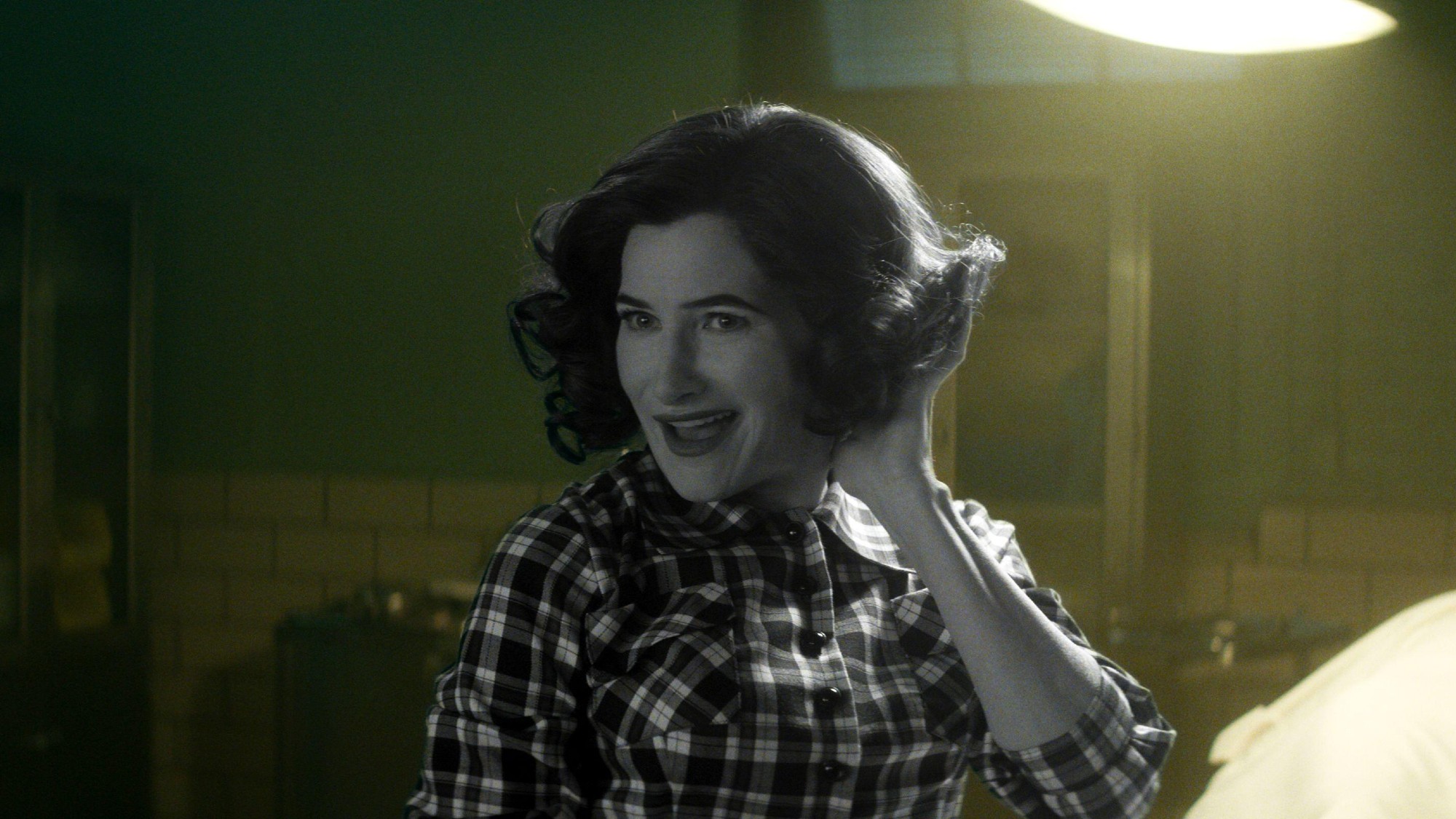 TV to watch in September, from 'Agatha All Along' to 'The Penguin'
TV to watch in September, from 'Agatha All Along' to 'The Penguin'The Week Recommends A 'WandaVision' spinoff, a DC Comics villain's starring turn and a silly Netflix original